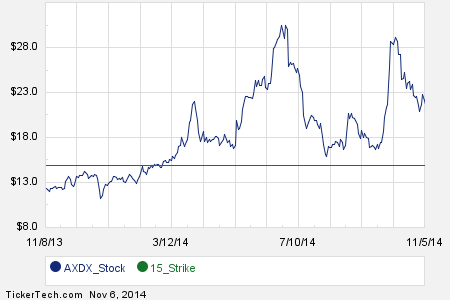How to Calculate Annual Rate of Return
Post on: 18 Август, 2015 No Comment

You are heres: Home / How to Calculate Annual Rate of Return
How to Calculate Annual Rate of Return Reviewed by on.
Lorem ipsum dolor sit amet, consectetur adipiscing elit. Vivamus leo ante, consectetur sit amet vulputate vel, dapibus sit amet lectus. Etiam varius dui eget lorem elementum eget mattis sapien interdum. In hac habitasse platea dictumst. Morbi sed nisi est, vitae convallis nulla. Etiam varius dui eget lorem elementum eget mattis sapien interdum. In hac habitasse []
Lorem ipsum dolor sit amet, consectetur adipiscing elit. Vivamus leo ante, consectetur sit amet vulputate vel, dapibus sit amet lectus. Etiam varius dui eget lorem elementum eget mattis sapien interdum. In hac habitasse platea dictumst. Morbi sed nisi est, vitae convallis nulla. Etiam varius dui eget lorem elementum eget mattis sapien interdum. In hac habitasse []
Rating: 0
How to Calculate Annual Rate of Return
The annual rate of return is the amount of money that you will earn on your investment over the course of a year. It’s a useful number that will help you determine which investments are more lucrative than others. Computing for the annual rate of return is needed when comparing assets that have different maturity dates and capital requirements. In a nutshell, a higher annual rate of return means greater profitability. Even when you are not comparing asset values, it’s important to know what an investment’s annual rate of return is. This figure lets you know just how much money a specific investment has made in a year, be it for taxation information or for personal accounting purposes. Here’s how to calculate annual rate of return:
The annual rate of return (AAR) is expressed as a percentage. It measures how much your capital has grown in a year. Sources of return can include capital interest, capital appreciation, returns of capital, and dividends. You can compute the annual rate of return for assets such as stocks, bonds, funds, commodities, etc.
Each class of assets has its own category of annual returns, which means that if your portfolio has more than one category (as a well-diversified portfolio should), you need to compute for the rate of return individually.
The nominal AAR computes for the rate of interest that will compound over the year. The term nominal means “current” or “unadjusted.” A nominal AAR does not account for any adjustments, such as inflation rates or tax-free breaks. Thus, while it is easier to calculate, it is not always the most accurate indicator of investment value. Still, the nominal AAR can serve as an important guide when trying to gauge the compounded annual growth rate of your asset.
The equation for computing for the nominal ARR is:
Let us calculate for the nominal ARR using this sample scenario: On January 1, 2000, you purchased $100 worth of ABC stock shares. Over a five-year period, you were able to sell call options on this stock for a total premium of $50. The stocks paid you a dividend of $10, and on January 1, 2005, you sold these stock shares for $200. Thus:
Ending value = $200 + $50 + $10
Beginning Value = $100
Number of Years = 5
Note that in computing for the ending value, we have to include all of the money earned by the investment. Since these earnings occurred over the course of five years, we will have to divide the earnings by 5.
You will commonly find AAR statistics quoted in promotional materials for individual securities. In this guide, we have shown you how to calculate annual rate of return nominally. As you may have noticed, the method above only computed for the earnings without taking into consideration any taxes, fees, or surcharges that may have applied to the various trades done with the stock over the five-year period. Thus, the 21% AAR which totaled $160 does not really represent $160 worth of profits.














